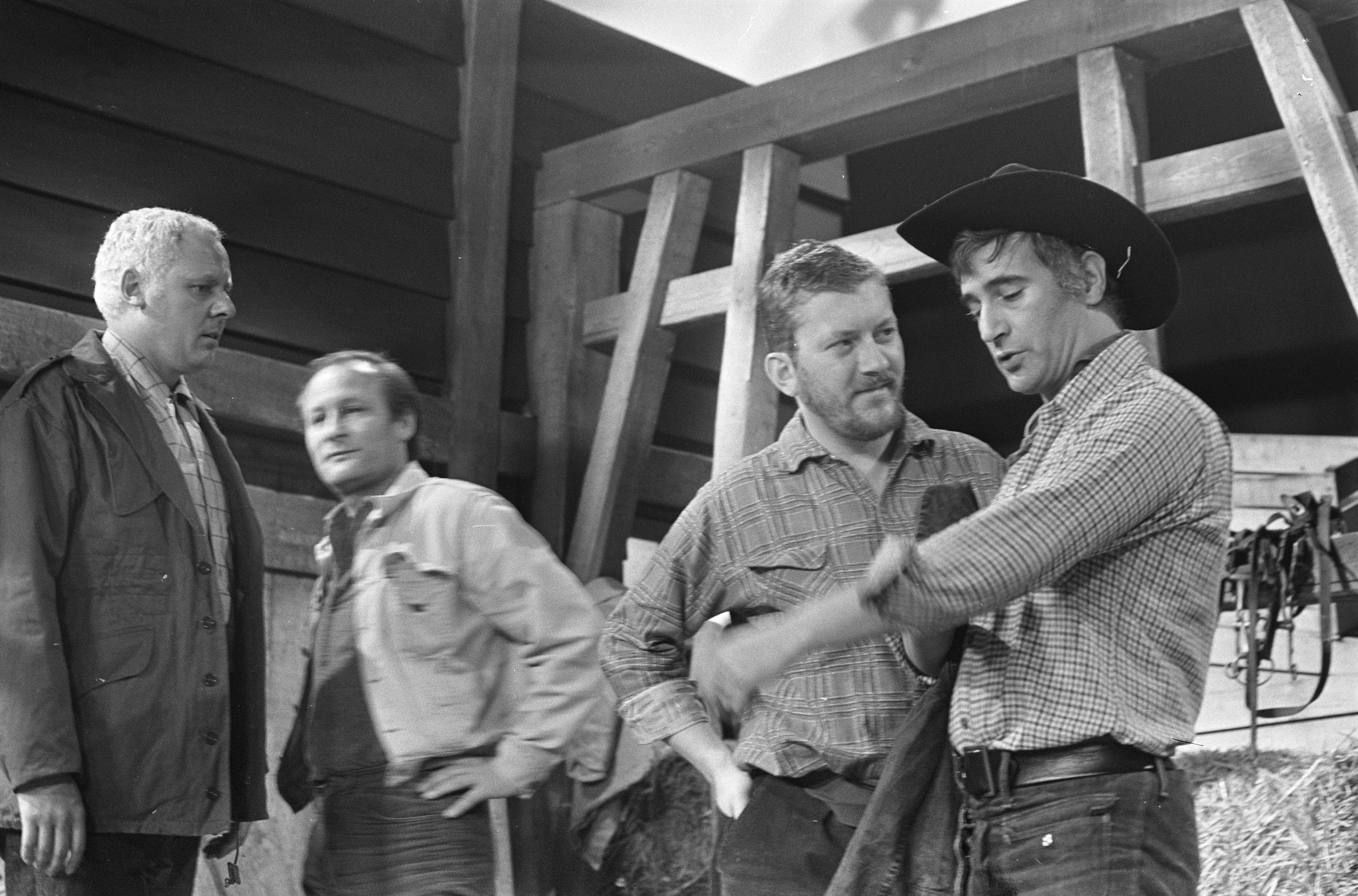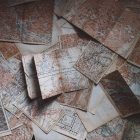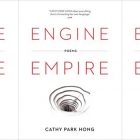Writ in Water: Son of Salinas

Last month, I mentioned John Steinbeck’s famous declaration about the forgetfulness of his beloved Salinas Valley in matters of water and drought. He is fortunate that the valley has not forgotten him.
The National Steinbeck Center commands one end of Main Street in downtown Salinas, and a walk through its sprawling exhibits leaves little doubt that the city, the valley, and the whole of California’s central coast has reclaimed all iterations of its native son. There were times, framed newspaper spreads are quick to note, when Steinbeck’s portrayals of the valley were read harshly for his immigrants and migrants, workers and woebegones, producing varying degrees of local disavowal. Yet now, with Steinbeck enshrined a Great Man of Letters, his many legacies seemingly assured, the Center raises the question, for me at least, as to how a museum—visual, interactive, available to all and assuming broad levels of visitor familiarity with the work—can remember, celebrate, and perhaps, reimagine.
Does the Steinbeck Center, one might ask, need a human-sized model of an iPhone to make a comment about modern communication? Does lifting an old phone receiver to hear different accounts of a fruit pickers’ strike allow me to better understand In Dubious Battle, or for that matter, East of Eden or The Grapes of Wrath? Does harnessing a plastic horse let me “help Jody do his chores” and read The Red Pony anew with experiential insight? Do I need to believe, even for a second, that the display of a chirping canvas bag actually holds frogs for Doc in order to appreciate the wayward generosities of Cannery Row? Do I affirm the richnesses of Lenny and George by lifting brims affixed to a wall, finding names beneath, and quizzing myself as to which Of Mice and Men head filled which hat? Did the Nobel Prize committee finish the massive wall of a Steinbeck crossword puzzle before awarding him the prize in literature in 1962? For all of it, I’m not so sure, but I admire the effort at accessibility, and there is something undeniably engaging in the mixing of media. (Do I feel transported to old Mexico and into Viva Zapata! by the stucco village and piñatas and faux fruit carts leaping out behind a bend—no—but I am usefully unsettled by the film photos of Marlon Brando’s mustache and, ah, skin color. Did the hilarious Yelp reviews of the nearby Spirit of Monterey Wax Museum convince me to skip the zombied bodies displayed in the basement of a strip mall in favor of a longer visit at the Center? Yes, but no more than the sign at that register, defensively pre-declaring no refunds.)
To see the interior of Rocinante, Steinbeck’s Travels with Charley camper truck—the typewriter, the booze, the icebox, the fishing rod, mocked up as they may be—and the original typescript of “The Snake” does connect me to the realness of this writing and inspires me with the simple reminder that literature, even great literature, is written by real people who struggle and fail and succeed and die. The imagining of Doc’s Cannery Row marine laboratory with real aquatic creature specimens, those sand dollars and shore crabs and squids, recalls Steinbeck’s real friendship with biologist Ed Ricketts and Steinbeck’s unapologetic rootedness in place that defined so much of his work, so even when I see the socialite pictures of his gatherings in New York or the map of his correspondent travels in Europe during World War II, I know he never left this valley. The pictures of the man, growing older around each corner (his 1964 passport my favorite), are Dorian Gray author photos over a lifetime, their collective effect sobering and important: our youth comes at the expense of a self we have yet to meet and will not recognize when we do.
I don’t know what Steinbeck would think of his museum. I’m sure he would like the group of schoolchildren doing a scavenger hunt during my visit and the table of paper and books for visitors to start writing their own stories. He might question the proximity of the gift shop; he might be thrilled. He did, after all, use his Nobel speech to opine, “Literature was not promulgated by a pale and emasculated critical priesthood singing their litanies in empty churches, nor is it a game for the cloistered elect, the tinhorn mendicants of low calorie despair.” He would ask about the giant iPhone. He would certainly recognize Rocinante; he would certainly not recognize the strange stuffed poodle inside, sitting rapt on the passenger seat.
I think, like most writers, he would taste that particular cocktail of pride, relief, embarrassment, and private doubt. Do I deserve all of this? tangling with, What if the building were twice the size? I think he would be most pleased with the film running in a loop near the lobby, in which Salinas citizens talk about the city, the valley, its farms and fields and hills with the ocean beyond, the passing down of belonging, the living with and off this land. Steinbeck did not give this fertile slice of the West its identity, but he knew it when he saw it, and he knew it was one he could share with the rest of us. As I leave the valley, I’m left more sure that writing is its own legacy, and that as we read, we build our own museums and curate our own lastingness.



